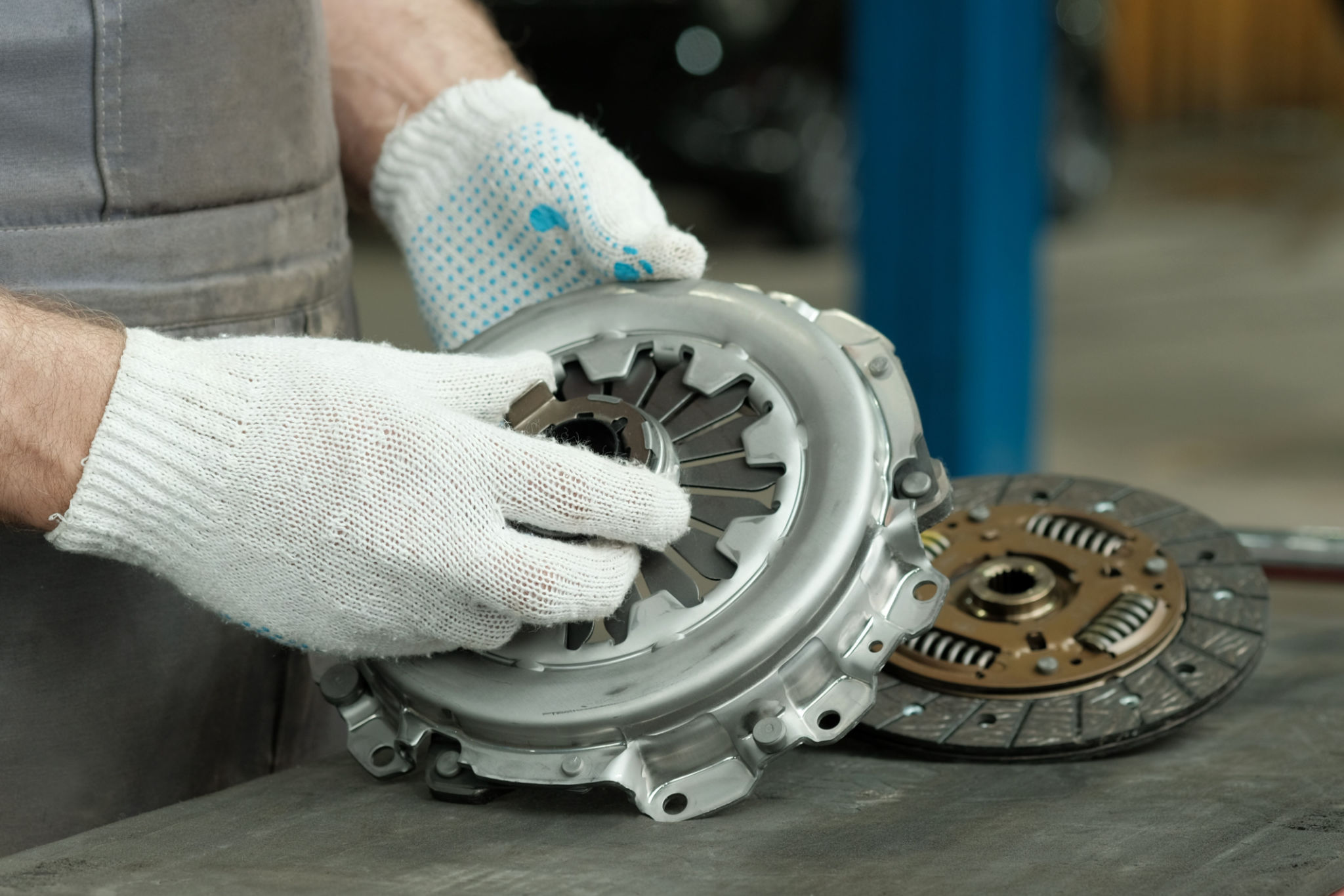Comparing Spare Parts: OEM vs. Aftermarket - What You Need to Know
Understanding OEM and Aftermarket Parts
When it comes to car repairs and maintenance, choosing the right spare parts is crucial. Vehicle owners often face a dilemma between opting for Original Equipment Manufacturer (OEM) parts or aftermarket parts. Both options come with their own set of advantages and disadvantages, making it essential to understand them before making a decision.

What Are OEM Parts?
OEM parts are components made by the original manufacturer of your vehicle. These parts are identical to the parts that came with your car when it was new, ensuring a perfect fit and high quality. Since these parts are made by the same manufacturer, they often come with a warranty, providing peace of mind to the buyer.
However, OEM parts tend to be more expensive than their aftermarket counterparts. The higher cost is often justified by the guarantee of compatibility and quality. For those who prioritize maintaining their vehicle's originality, OEM parts are typically the preferred choice.
Exploring Aftermarket Parts
Aftermarket parts are produced by third-party manufacturers and are designed to fit various makes and models. These parts can vary widely in terms of quality and price, offering consumers more options depending on their budget and needs. One of the primary advantages of aftermarket parts is their cost-effectiveness. They are usually cheaper than OEM parts, making them an attractive option for budget-conscious vehicle owners.

However, the quality of aftermarket parts can vary significantly. While some aftermarket parts meet or even exceed OEM standards, others may fall short. It's crucial to research and choose reputable brands if you decide to go the aftermarket route.
Pros and Cons of OEM Parts
- Pros: Guaranteed fit and compatibility, high quality, often includes a warranty.
- Cons: Higher cost, limited availability compared to aftermarket options.
Pros and Cons of Aftermarket Parts
- Pros: More affordable, wider selection, potential for equal or superior quality.
- Cons: Variable quality, no standard warranty, may not always fit perfectly.

Making the Right Choice
Deciding between OEM and aftermarket parts ultimately depends on your priorities. If maintaining your vehicle’s original condition is important to you and you’re willing to invest in quality, OEM parts might be the way to go. However, if you're looking for cost savings and are open to exploring different options, aftermarket parts can be a viable alternative.
It's also important to consider the specific part you need. Some components, like critical engine parts or safety-related items, might be better suited to OEM standards. On the other hand, less critical parts like filters or wiper blades might be just fine as aftermarket options.
Conclusion
Whether you choose OEM or aftermarket parts, the key is to make an informed decision based on your vehicle’s needs and your personal preferences. By understanding the differences between these types of spare parts, you can ensure that your vehicle remains in top condition while staying within your budget.
